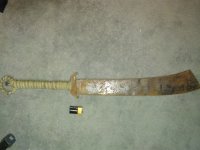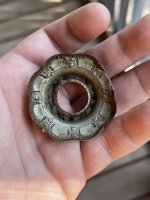mofugly13
Full Member
I have a placer claim on the South Yuba. Of my 15 acre claim, a small portion is actual river. The vast majority of it is where a lot of lode mining took place in the late 1800-early 1900's. If I were to find a lode occurrence on my claim, would I then need to file a lode claim on top of my own placer claim to secure the rights to mine? Why are there two different types of claims? I assume it is because a lode claim can be a tunnel site and the boundary's can be quite different than the way the boundaries of a placer claim are described.
Upvote
0









